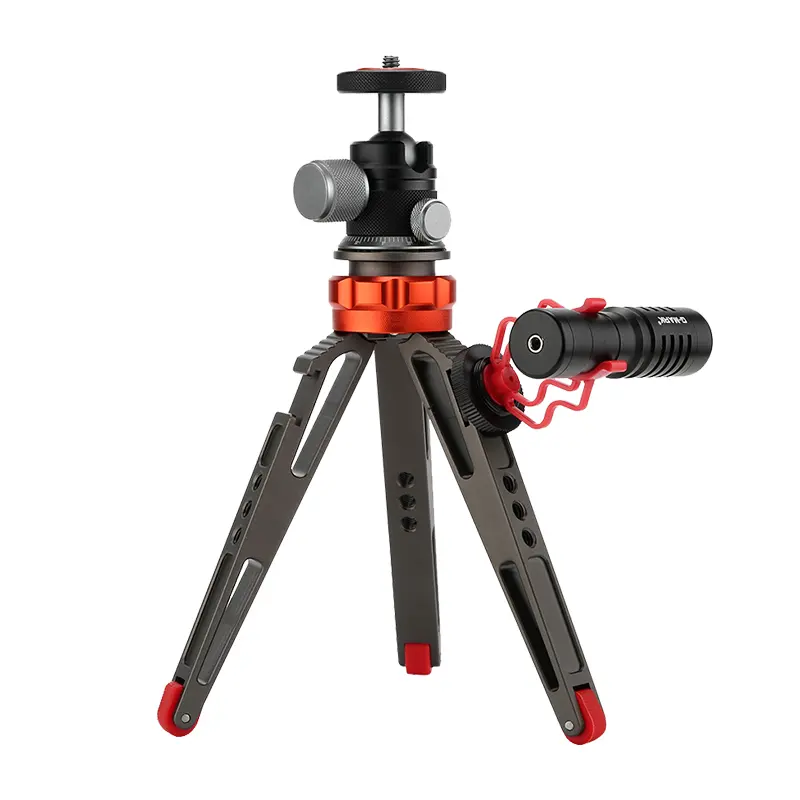

Time:2025-10-15 Views:1

Anti - corrosion coatings for tripod adapters are essential for enhancing the durability and lifespan of these crucial photographic and videographic accessories. Tripod adapters are often exposed to various environmental factors such as moisture, humidity, salt - laden air in coastal areas, and corrosive chemicals, which can lead to rust, degradation, and ultimately, failure of the adapter. Anti - corrosion coatings act as a protective barrier, shielding the underlying material of the adapter from these detrimental elements.
One of the most commonly used anti - corrosion coating materials is zinc. Zinc - based coatings, such as hot - dip galvanized coatings, provide excellent protection through a process called sacrificial protection. In this mechanism, zinc, which is more electrochemically active than the base metal of the tripod adapter (usually steel or aluminum), corrodes preferentially when exposed to the environment. As the zinc corrodes, it forms a layer of zinc oxide and other zinc - based compounds on the surface, which acts as a physical barrier, preventing further corrosion of the base metal. Hot - dip galvanizing involves immersing the tripod adapter in a bath of molten zinc, resulting in a thick and durable coating that adheres well to the surface and provides long - term protection.
Another popular option is powder coating. Powder coating is a dry coating process where a fine powder is electrostatically applied to the surface of the tripod adapter and then cured under heat. The powder particles melt, flow, and form a continuous, smooth, and hard film on the surface. Powder coatings come in a wide range of colors and finishes and offer good resistance to corrosion, abrasion, and chemicals. They also provide an aesthetically pleasing appearance. Different types of powders, such as polyester, epoxy, and hybrid powders, can be used depending on the specific requirements of the tripod adapter, with epoxy powders generally offering better chemical resistance and polyester powders providing good outdoor durability.
For more specialized applications or in highly corrosive environments, ceramic coatings can be employed. Ceramic coatings are composed of inorganic materials that form a hard, inert layer on the surface of the tripod adapter. These coatings have excellent resistance to high temperatures, chemicals, and abrasion, making them suitable for use in extreme conditions. They can be applied using various methods, such as plasma spraying or chemical vapor deposition, which allow for precise control over the coating thickness and properties.
In addition to the coating materials, the application process is crucial for ensuring the effectiveness of anti - corrosion coatings. Proper surface preparation, including cleaning, degreasing, and sandblasting, is necessary to remove any contaminants and create a rough surface that promotes better adhesion of the coating. Quality control during the coating process, such as monitoring the coating thickness, curing conditions, and uniformity, also plays a vital role in achieving a reliable and long - lasting anti - corrosion coating for tripod adapters.
Read recommendations:
underwater art photography equipment